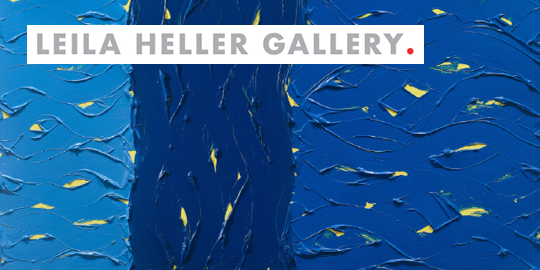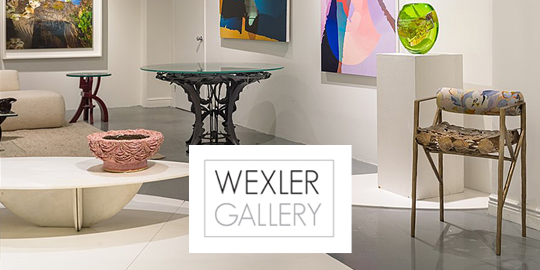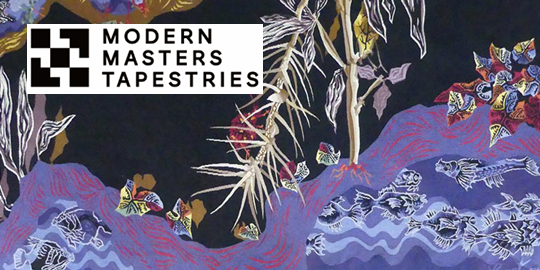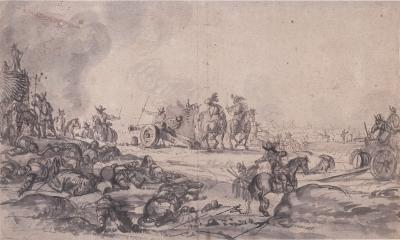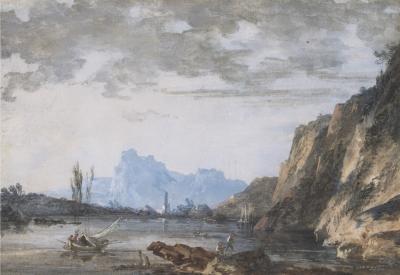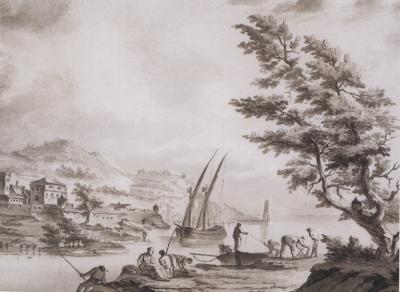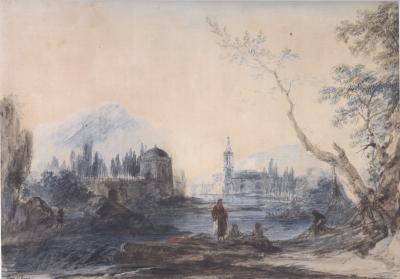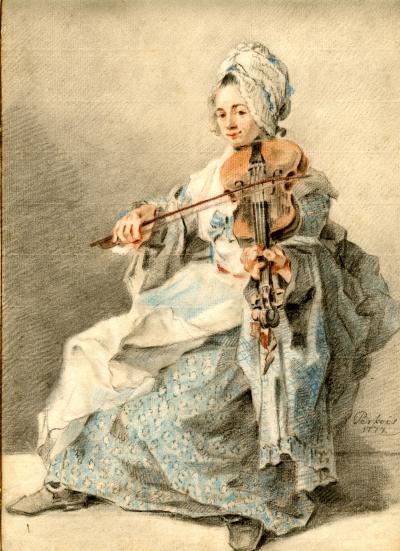Pyramid of Caius Cestius with the Aurelian Walls in Rome
-
Description
Nicolle studied at Jean-Jacques Bachelier’s drawing school, the École Royale Gratuite de Dessins, under Malhortie, a professor of architecture and perspective. Making rapid progress in this technique, Nicolle won the grand prix de perspective in 1771, and worked, until 1774, in the studio of the architect and set designer, Louis-François Petit-Radel, who had just returned from Rome and instilled in the young artist a passionate love for the Eternal City. Nicolle eventually traveled to Italy, where he spent a great part of his life, between periodic visits to Paris, local scenes of which he sometimes depicted in watercolor. Eventually arriving in Rome, seemingly for the first time in 1779, he returned, for at least two lengthy stays, from 1787 to 1799 and from 1806 to 1810. Although Rome especially fascinated him and was the inspiration for most of his watercolors, Nicolle traveled throughout the Italian peninsula, documenting, with his pen and brush, the cities of Bologna, Florence, Naples, Venice and Verona. Indeed, he became known as one of the most active and delicate chroniclers of the Italian tour. Although never shown at the Salon in Paris, his work was much appreciated and sought after by collectors.
Little is known of his life and his career; it is chiefly though his watercolors, most of which are signed and some of which are dated, that he is remembered. Although his finished works were completed in a studio, with only the preliminary sketches in pen and wash drawn from life, Nicolle’s watercolors have a realism and sensitivity to the gradations of light reminiscent of the plein-air painters. Nicolle’s singular style, uninfluenced by the work of other French landscapists, such as Jean-Honoré Fragonard, Hubert Robert and Claude-Joseph Vernet, was novel, expressing a distinct clarity of form and luminosity of color which was perhaps more characteristic of the early nineteenth century than of the late eighteenth century.
In this watercolor, Nicolle depicted the ancient pyramid of Caius, or Gaius, Cestius, a Roman public official during the reign of the Emperor Augustus. Constructed in 12 B.C. as a tomb for Cestius, this Egyptian-style pyramid rises 120 feet high, near the old Ostian Gate, now Porta San Paolo. Although an inscription clearly recounts Cestius’ successful life story, the monument was long believed to be the tomb of Remus, one of the putative founders of Rome. By the end of the eighteenth century, when Nicolle painted the scene, the pyramid’s true memorializing purpose was known, and the neighboring site had been used as the Protestant Cemetery, later the final resting place of John Keats and Percy Bysshe Shelley. -
More Information
Documentation: Documented elsewhere (similar item) Notes: Artnet Auction:
The pyramid of Caius Cestius, Rome, with figures reading inscriptions on the tombs of the Protestant cemeteryOrigin: France Period: 18th Century Materials: Pen and brown ink and watercolor over preliminary indications in graphite on cream laid paper Condition: Good. Creation Date: 1754-1826 Styles / Movements: Other Catalog References: Literature: L’Antiquaire & The Connoisseur, The Aesthetic Pursuit: Form, Figure, Fantasy and the Pastoral Idea, New York, 1998, no. 66. Incollect Reference #: 305301 -
Dimensions
W. 12.15 in; H. 7.86 in; W. 30.86 cm; H. 19.96 cm;
Message from Seller:
L' Antiquaire & The Connoisseur, Inc. specializes in European works of art, antiques, and paintings, with a rich history dating back to 1935. For more information, contact us at 212.517.9176 or info@lantiquaire.us.


